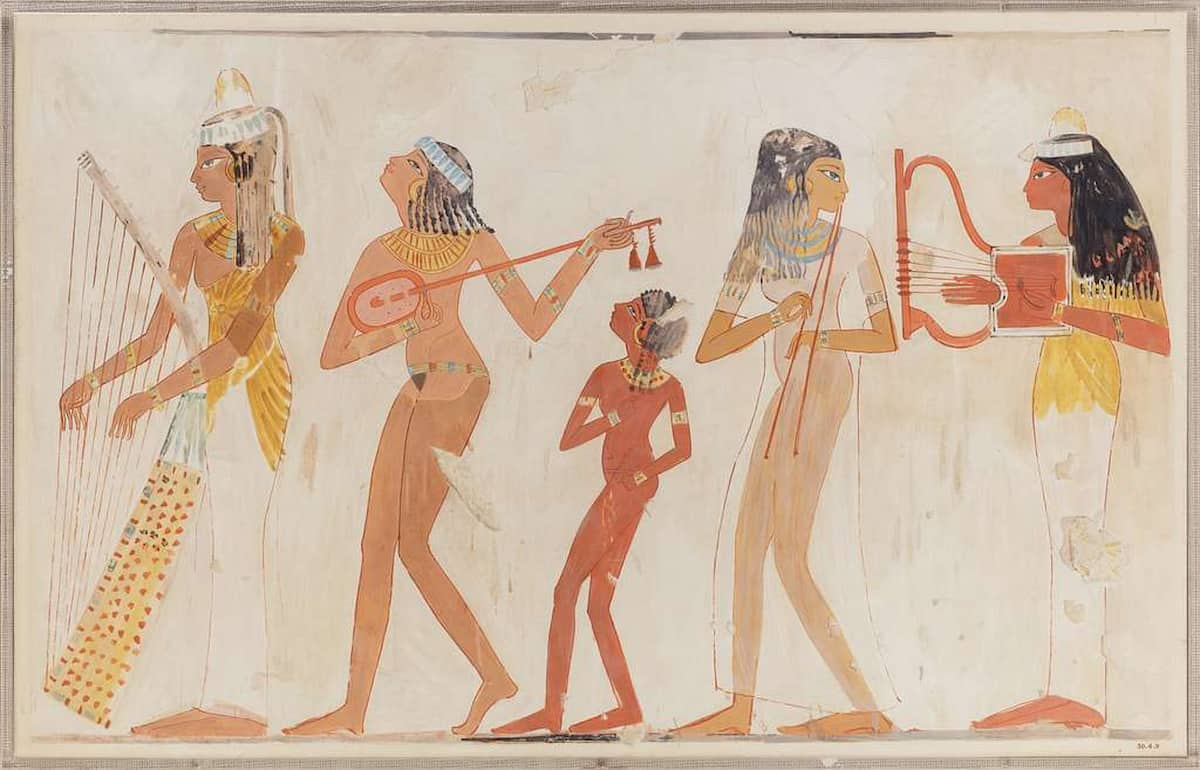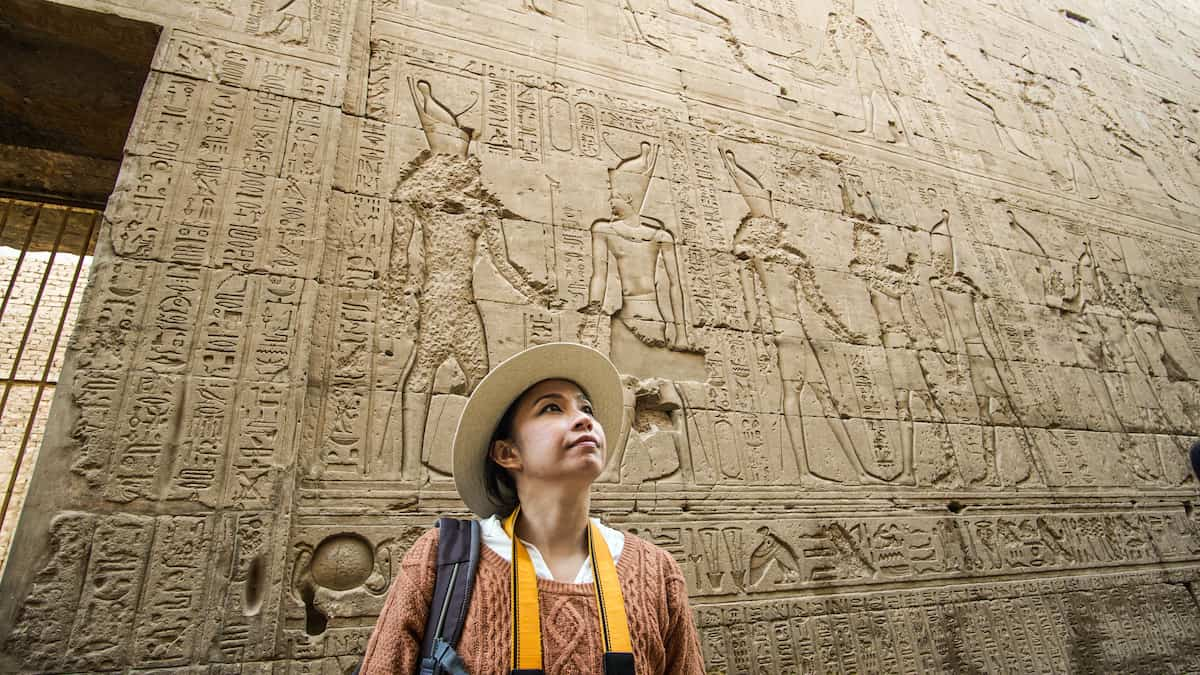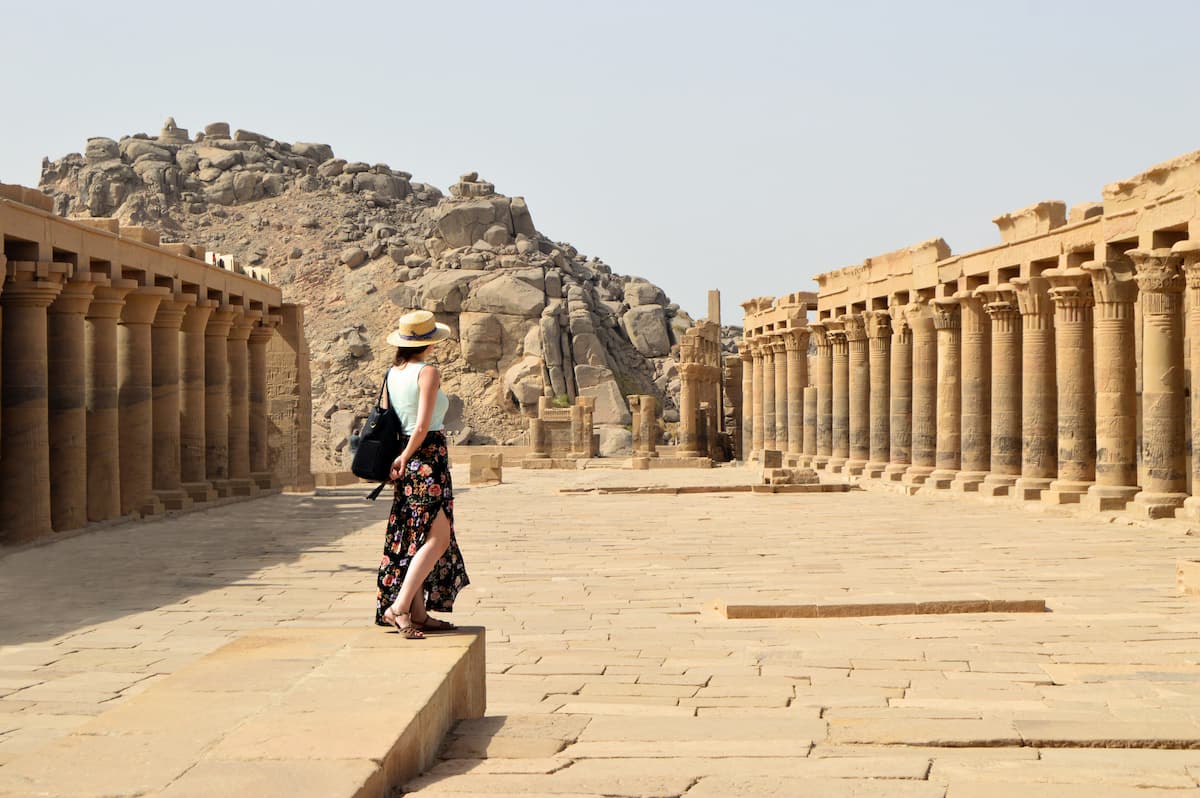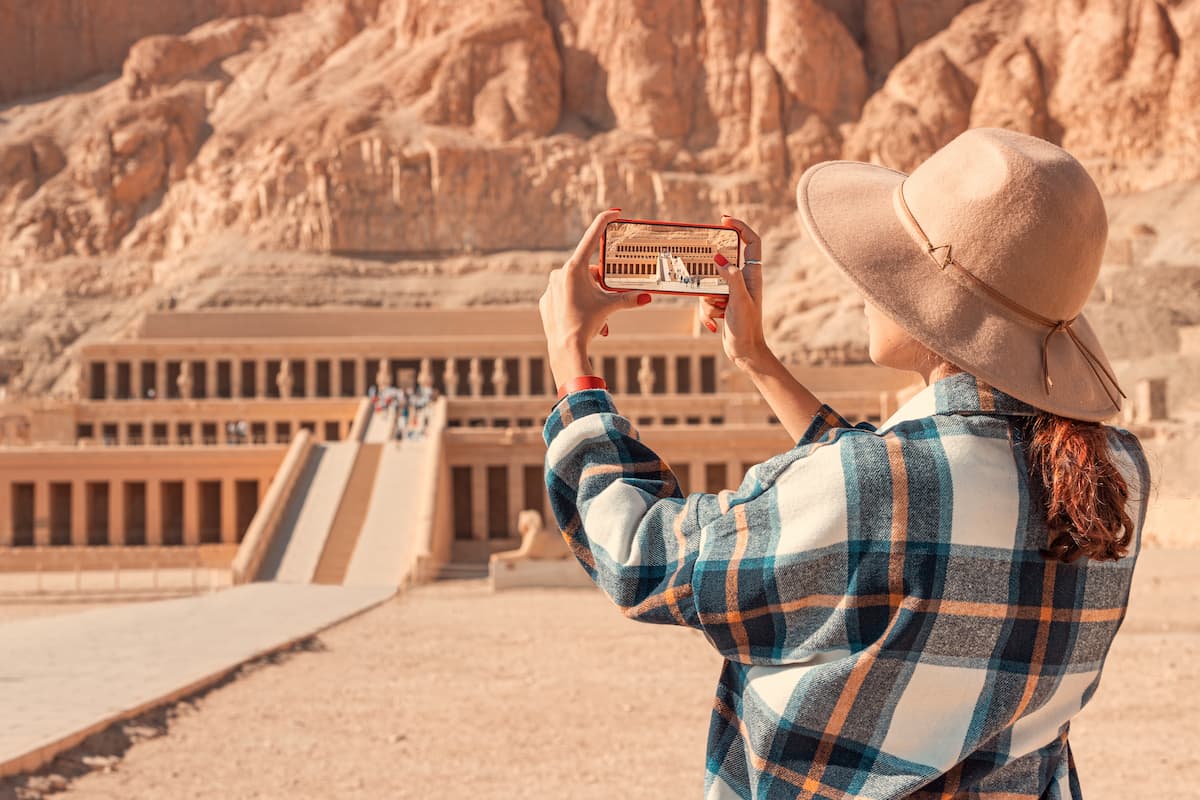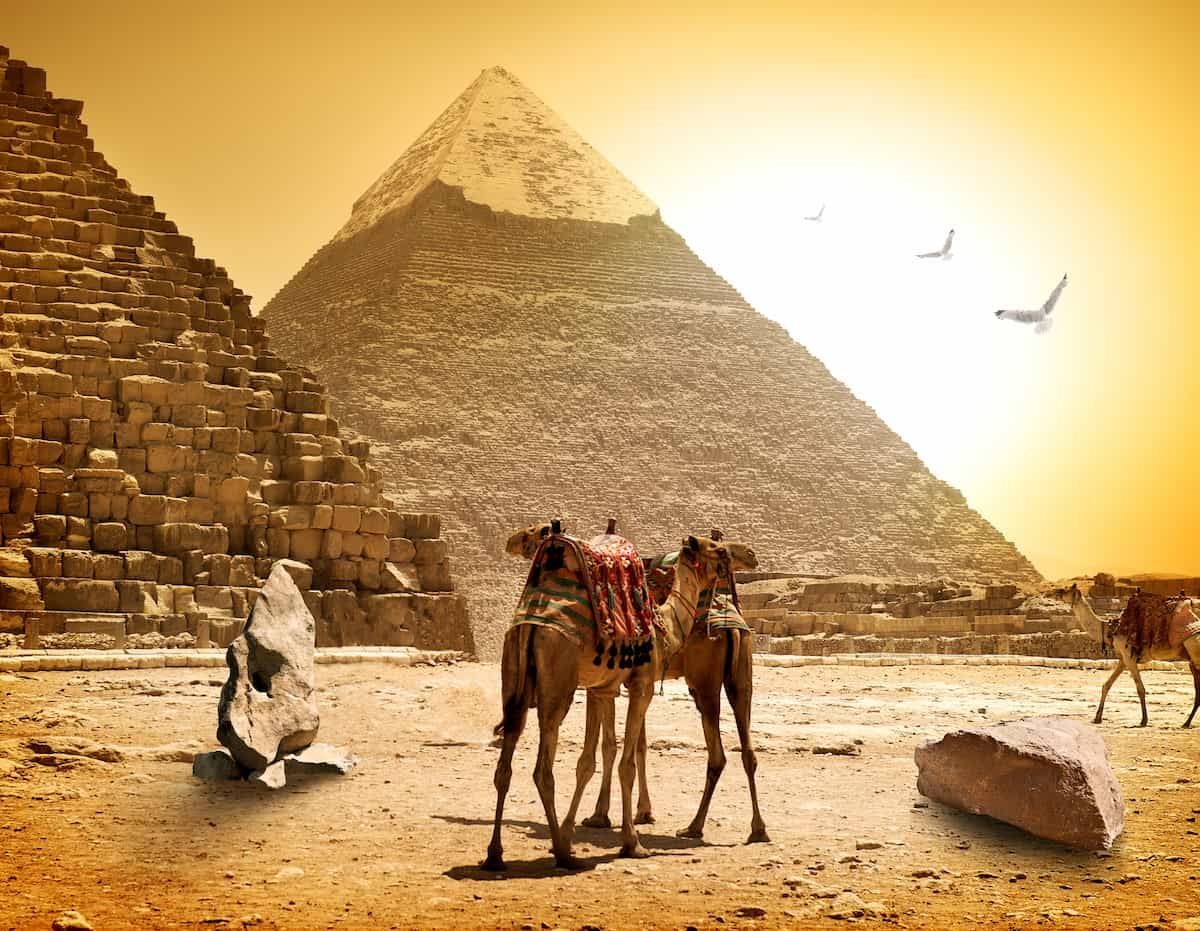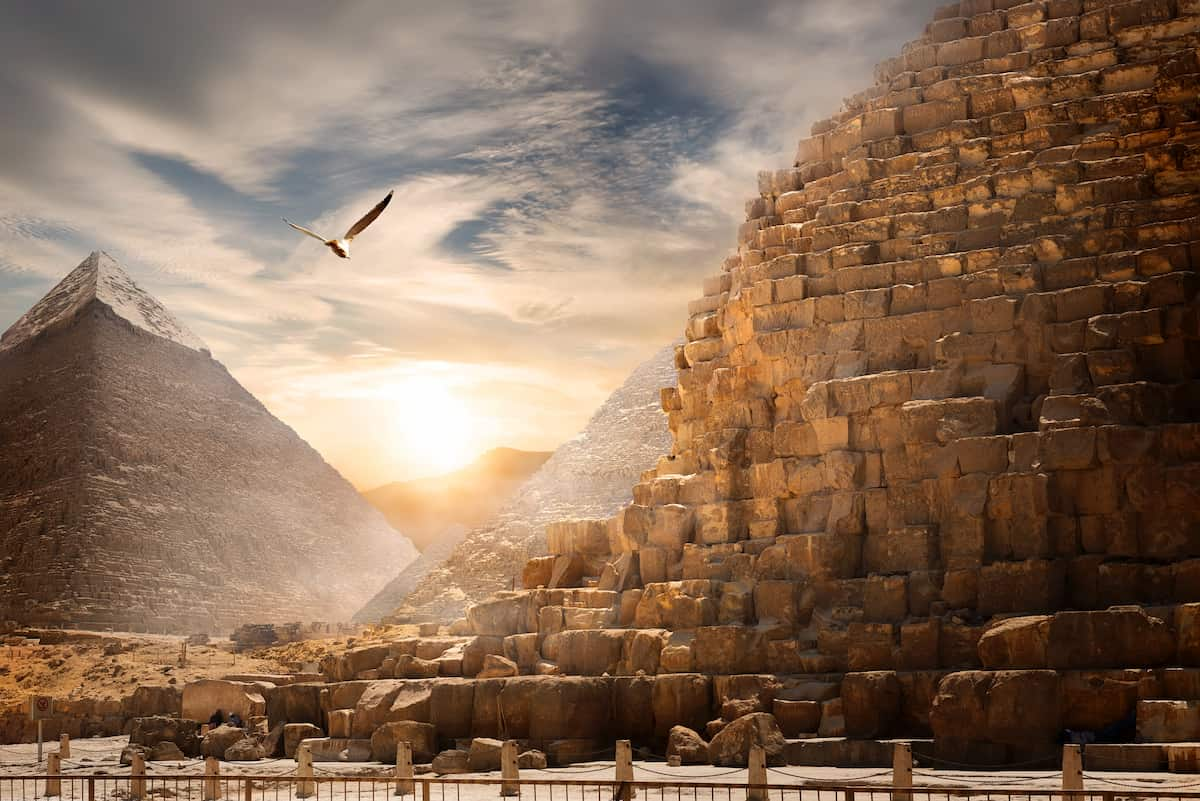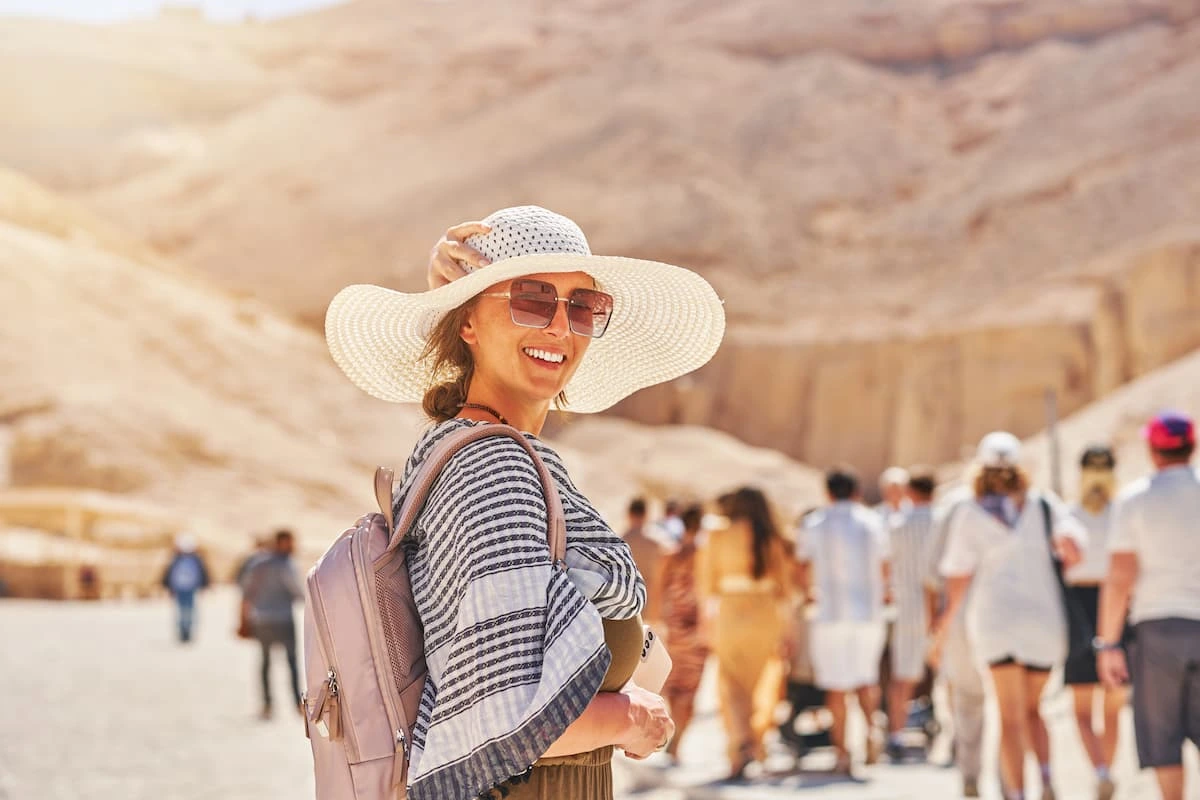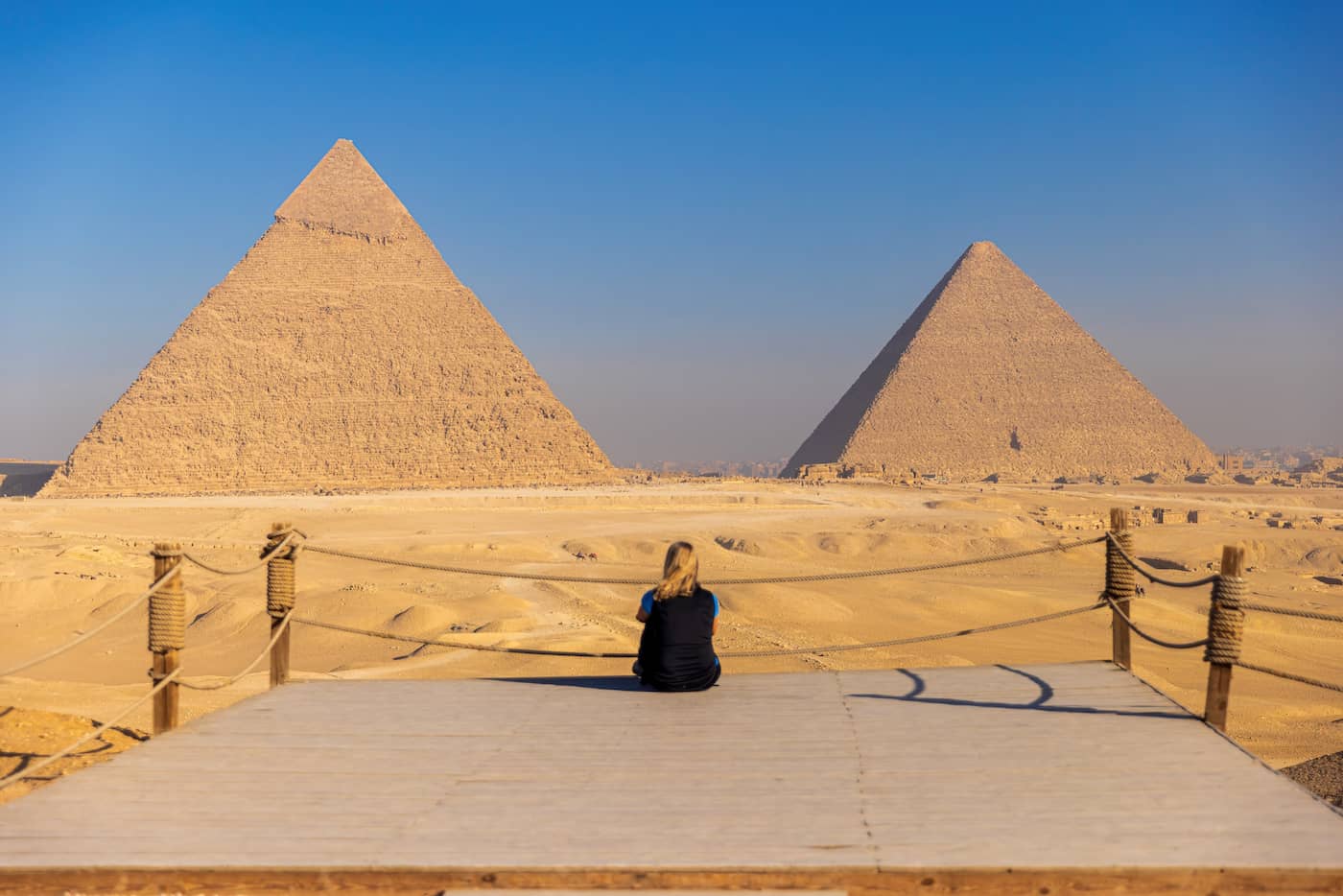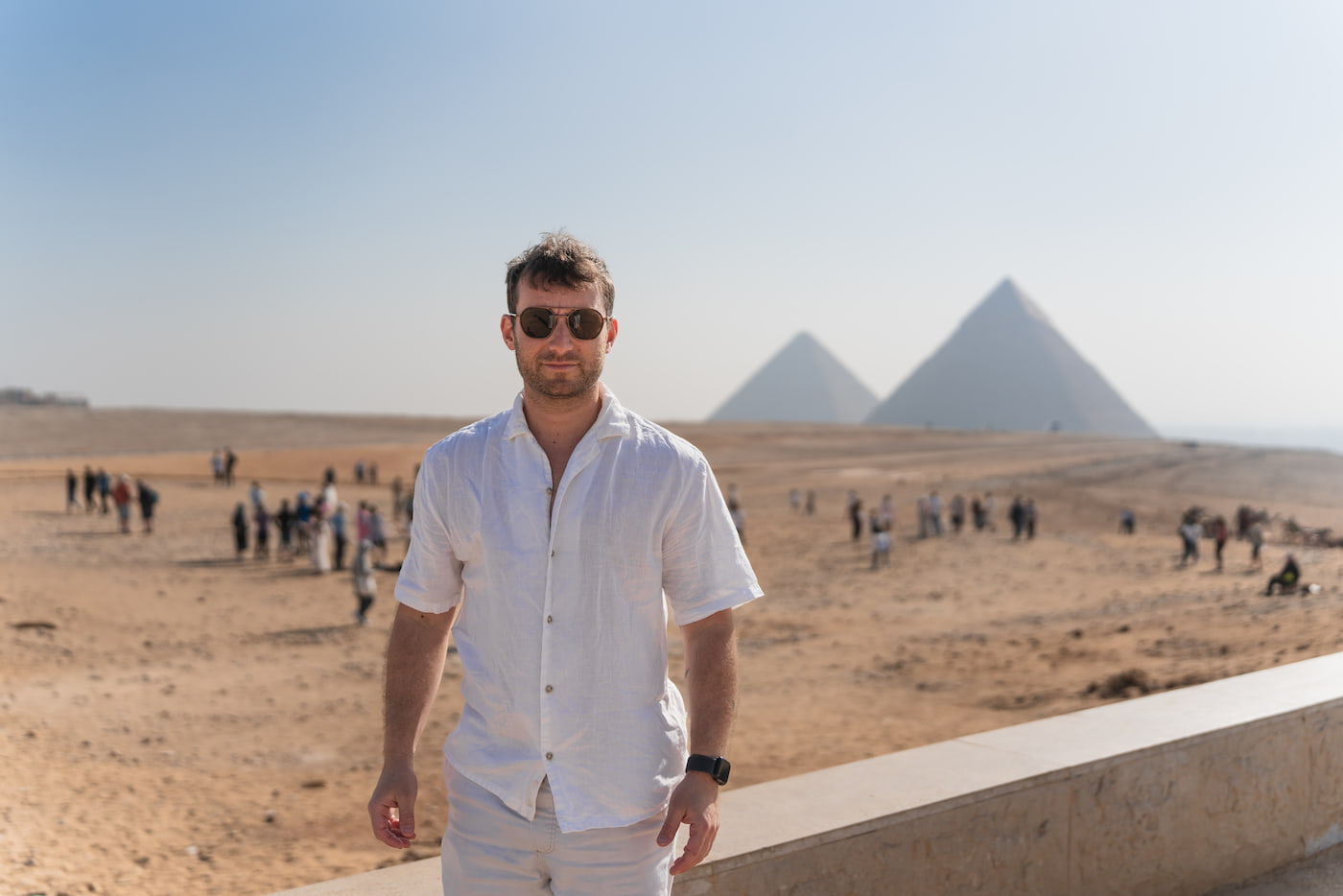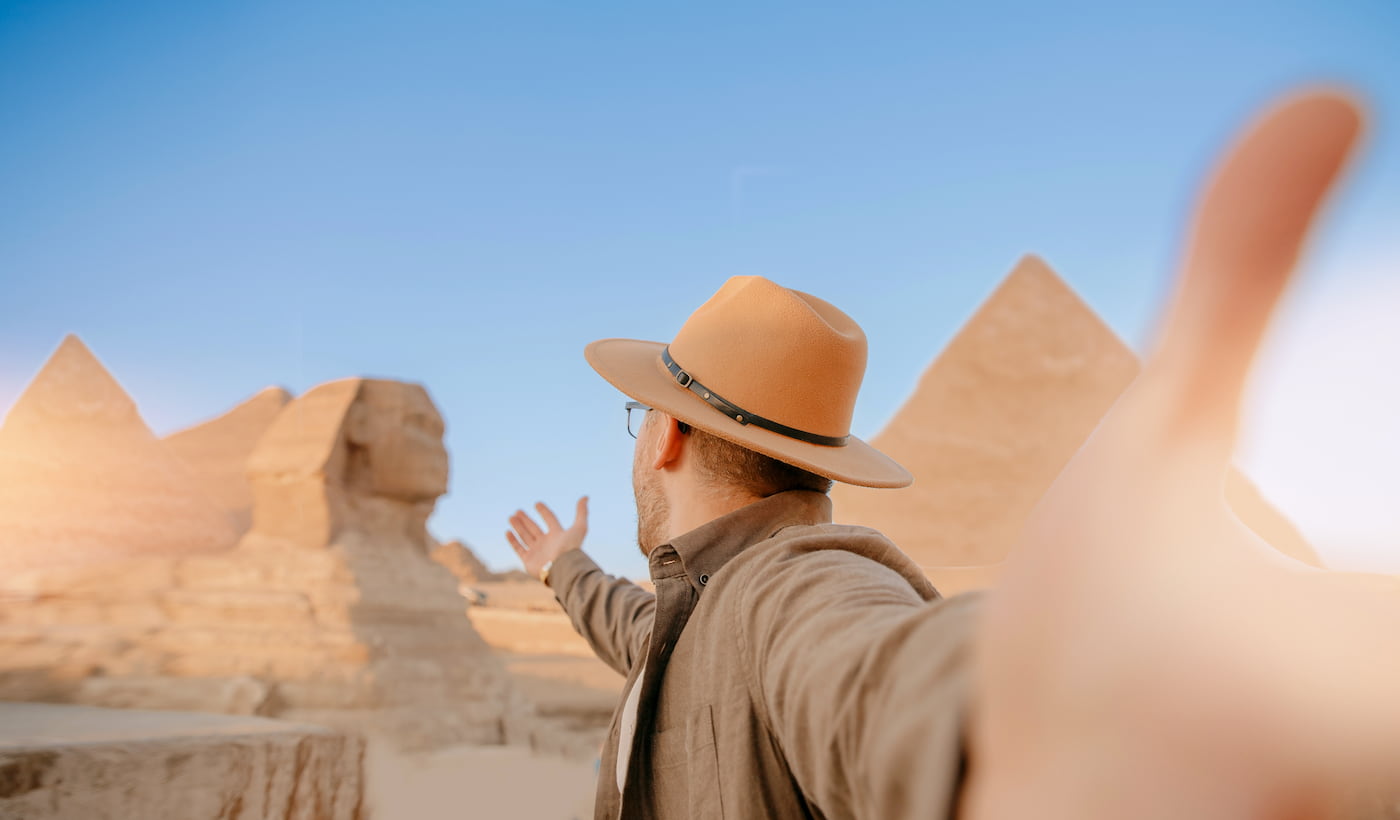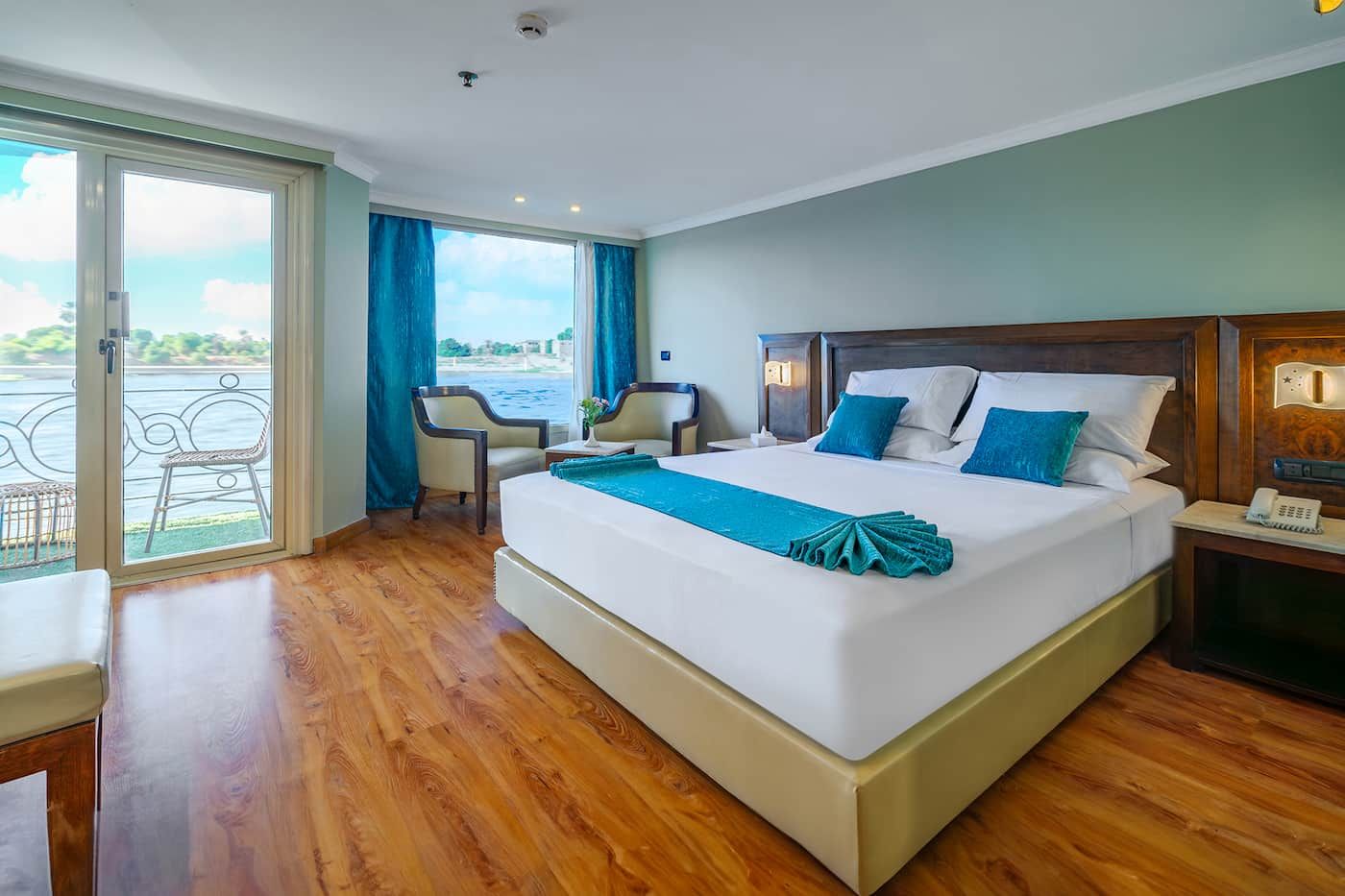Entertainment in Ancient Egypt: How the Pharaohs and People Enjoyed Life
When you look at ancient Egypt and its people, or Pharaohs, kings, or any other part of this great civilization, you will see nothing but greatness in every step you take from the great temples, Pyramids, and other architecture. Moreover, ancient Egyptian entertainment, whether ancient Egypt music or games, has a very important role in shaping the culture that we see today.
Ancient Egyptians didn’t just work or build The Pyramids; they knew how to enjoy life. Entertainment maximized their world. Furthermore, from aristocrats to the common folk, all enjoyed music, games, dancing, and festivity. Fun was enjoyed both in daily life and on special occasions.
Music was tall inside ancient Egypt. Harps, flutes, drums, and a particular kind of rattle known as a sistrum were played. Temples were homes to music; so were parties and large festivals. This also meant a lot of dancing. Dancing and music would be welcomed at weddings, feasts, and royal occasions.
Games were a big thing. Most famous was Senet, a board game that was found in many tombs. Children and adults played with toys and balls, and even played wrestling or race games outdoors. These types of games helped people loosen up and sympathize with friends and family.
Festivals were celebrated to honor gods and goddesses, in the meantime involving food and beverages, music, and colorful shows, they bring on one’s best attire to a social gathering. In ancient Egypt, fun had a similar standing to labor. Being entertained made people happy, made people come together, and made people appreciate the beauty of life.
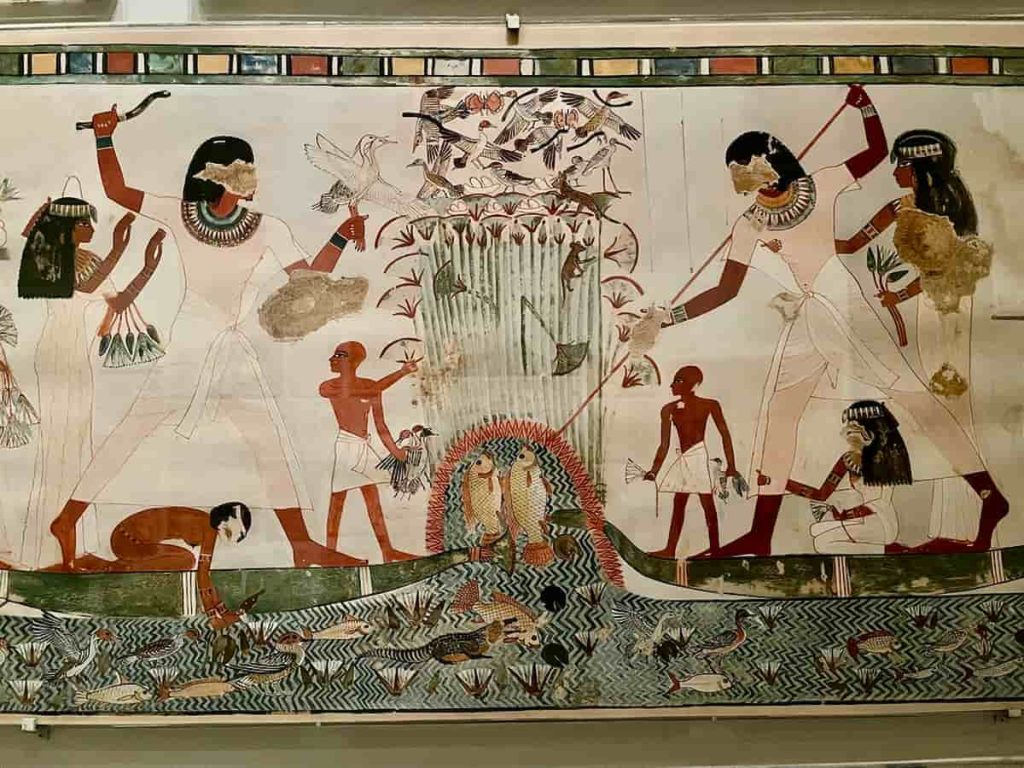
1- Music and Dance
-
Music in Daily Life and Temples
Ancient Egypt music succeeded in Egyptian life. Ancient Egypt music, Entertainment, drama, and theosophy all went into one. People played many other types of instruments harps, flutes, and drums. Moreover, ancient Egypt music was an extremely important instrument known as the sistrum; it was a sort of rattle that would make a shattering sound and was used in temple ceremonies. These instruments were crafted from wood, metal, and reeds, their sound ringing everywhere from private homes, streets, to holy places.
Music would fill the air during farming, fishing, and grain milling. The workers would keep themselves engaged through music and stay in sync with each other. At festivals and parties, it was the DNA that made everyone unite to dance, eat, and share joy.
Additionally, you can find these temples that have this type of ancient Egyptian entertainment carved on their walls in the Temple of Hathor at Dendera, the Temple of Edfu (Temple of Horus), Luxor Temple, Temple of Karnak, and Ramesseum (Mortuary Temple of Ramesses II)
Within the temple, it was part of the religious life, defying the gods and making balance come into existence. Said temple musicians stood in an honorable position in society, many being women who trained in singing, playing instruments, and leading prayers through music. These women were sometimes in the service of the goddess Hathor, who was associated with music, beauty, and joy.
-
Dancing for Joy and Worship
Dancing was a delightful and meaningful component of ancient Egyptian life. Not all dances were a means of entertainment; some conveyed feelings, narrated stories, or gave honors to the gods. Dancing would take place at parties, in festivals, and during religious ceremonies inside the temples. It was interwoven into grand public celebrations as well as simple private merriment.
To an ancient Egyptian observer, some dances would burst with vigorous energy, while others had purposeful steps and conveyed respect, showing meanings. Moves in the temples were always done gracefully, orchestrated to impress respect on the gods, whereas outside in parties and festivals, dancing was about fun-sharing with fellow human beings while music filled the air.
The dance would often be accompanied by the rhythmic clapping of hands, the clattering of drums, and chanting. All these would ensure that everyone kept to the measure, making the rhythm more lively and exciting. Dancers were even known to use props such as ribbons and sticks to accentuate certain movements.
Of all the stages where one could witness dancing, the greatest was in ancient Egypt because it was far beyond amusement. It was interpersonal bonding, expression of feelings, and enactment of community spirituality.
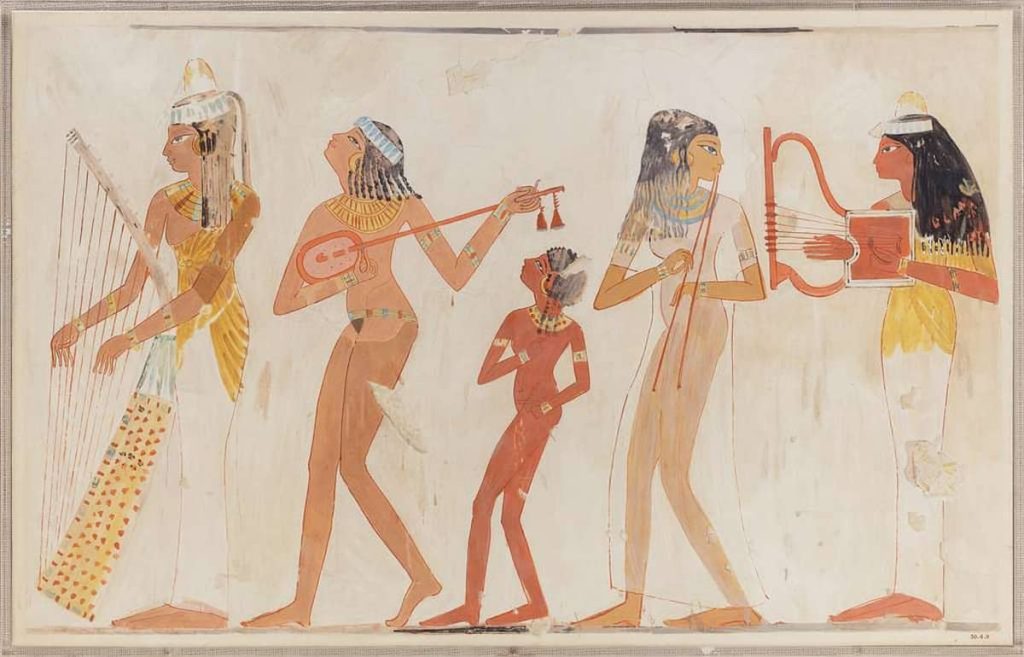
2- Games and Sports Entertainment in Ancient Egypt
-
Board Games As Ancient Egyptian Entertainment
Board games, as ancient Egyptian entertainment, were simply the key to fun in ancient Egypt. The players would have been from all ages and conditions: from the rich nobles to the poor. They were enjoyed in their homes and courtyards and on long journeys. Games were played for fun, but some really did have deep religious and spiritual meanings.
One very famous game was called Senet. It consisted of a long rectangular board having squares, and it was an ancient game involving sticks or dice. Players specially moved their pieces, said to imply the journey into their afterlife. Hence, Senet was often put into tombs as an expression of its importance in the soul’s journey after death.
The Mehen game was interesting in its own terms, and its main descriptive feature is its name, meaning “The Coiled One.” The board was made to look like a snake, and it was played using marbles and lion-shaped pieces. This game carried with it some protective religious beliefs about life.
These games served as a social glue, providing avenues for unwinding and spending time with family and friends. Whether for leisure or faith, board games were very much a part of life in ancient Egypt.
-
Ancient Egypt: Games, Physical Games, and Competitions
Sports and competitive games were one of the joyful aspects of ancient Egyptian games life. Both parties, children and adults, went through these contests to build strength, speed, and skill. Extracurricular activities were popular wrestling, races, tug of war, and archery. Such physical games would be played in the streets, in the courtyard, or during festivals, where such competitive spirits would unite the people.
Wrestling was a test of strength and skill in ancient Egypt games of the competitors; running races of endurance and speed, tug of war was regularly contested during community events; and archery demanded accuracy and concentration. Many of these contests were for entertainment. The others were to honor the gods and uphold the Egyptian cultural ideals of physical fitness and discipline.
These competitions became one of the common ways for people to relax in ancient Egypt, spending time together or showing off their skills and talents. The games and competitions reinforced the sense of unity within the community; they also offered the possibility of fame and respect amongst peers, a good reason for making physical gaming an indispensable part of daily and festive life.
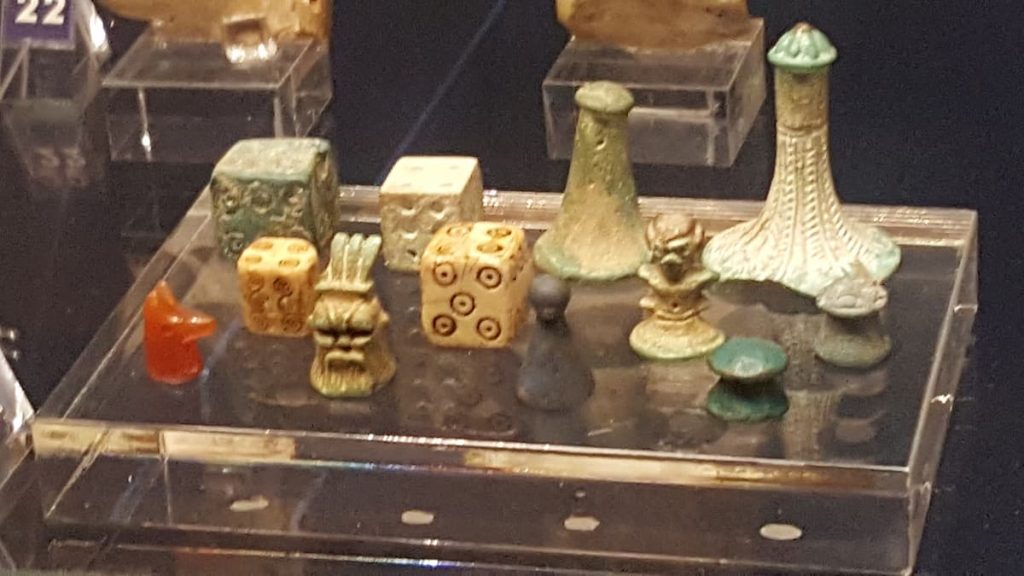
3- Festivals and Public Celebrations in Ancient Egypt Entertainment
-
Religious Festivals of Ancient Egypt
Religious holidays were some of the most solemn and joyful moments of the Ancient Egyptian calendar. Festivals for supplication to mighty gods and goddesses, such as Osiris, Hathor, and Amun, were mainly held. These occasions were filled with music, dance, good food, and splendid processions leading through cities and temples. The worshippers would decorate statues of the gods and carry them in painted boats or chariots, singing songs that praised said gods.
In principle, these festivals were open to everybody so that rich and poor could celebrate with equal status. For many Egyptians, these were special days to take a break from work, forgoing simple clothes to dress well, and step outside with a bang of hand claps and stomps in very merry hours shared with their family and neighbors. Joyful, colorful, and exciting—they turned the odd days of their lives into magic!
Some festivals were even more sacred than others. For they were believed to secure blessings, a good harvest, and divine protection upon their joiners. Therefore, religious festivals connected people together for faith and even just for fun; they told the people, “You belong to something bigger, a culture in common, a faith in common, life in common.”
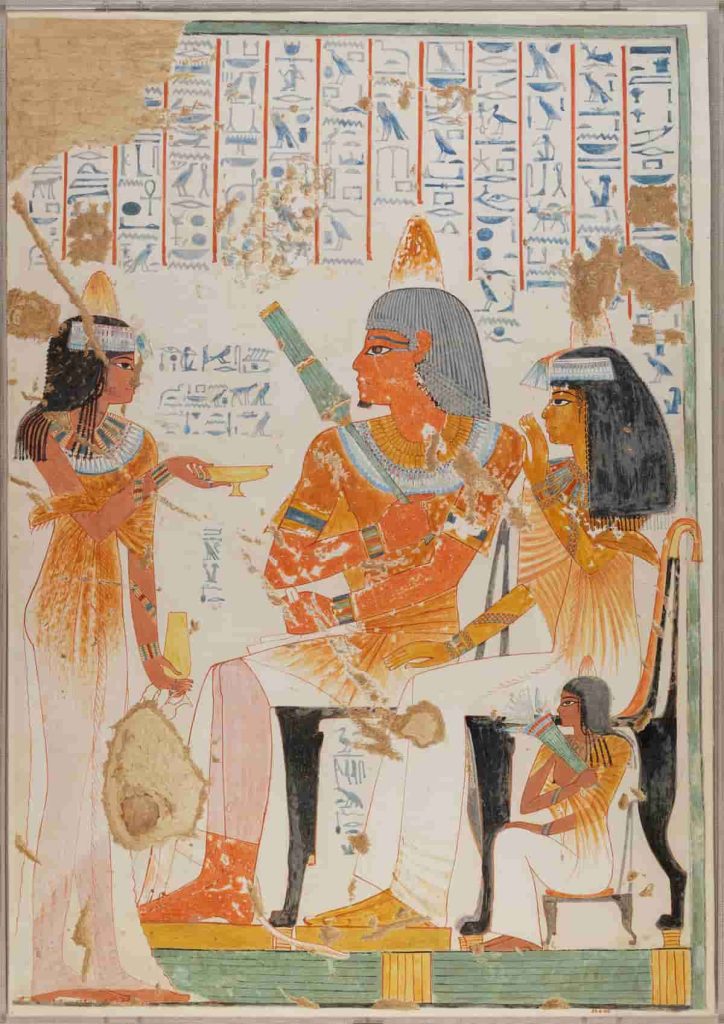
-
Banquets and Feasts of Ancient Egypt
Banquets and feasts in ancient Egypt were large affairs. Such events were mostly held by the rich and provided a sort of social interaction. The hungry guests comprised many tasty dishes, plenty of sweet wine, and fine entertainment. The hosts prepared plenty of good food, especially bread, meat, fruits, and even desserts to impress guests.
Guests would put on their fine linen clothes and perfume themselves with perfume cones so their scent would keep on evolving throughout the evening. Gradually, the cones melted on the heads and gave a pleasant scent. The air was thick with laughter, music, and happiness.
To keep the guests entertained, professional musicians, dancers, and storytellers offered their services. They played music on harps, flutes, and drums, while the dancers moved with grace and skill. Storytellers recounted fascinating accounts of gods, pharaohs, and ordinary life. These occasions were not simply dining: they were about sharing company, culture, and memories. Truly, a banquet in ancient Egypt was an exuberant celebration of life.
4- Theater, Storytelling & Art in Ancient Egypt Entertainment
-
Storytelling and Oral Performance
Storytelling was an important pastime in ancient Egypt; people passed down stories ministering to gods, kings, heroes, and even everyday life through oral traditions. These stories served to teach lessons, make sense of the order of the world, or bring certain groups of people together around shared ideas and beliefs.
Many oral narrations have emotions and drama from the moment they were performed. Storytellers would pull up pieces of material to engage and entertain listeners, at times making use of motions, music, or humor. Performing in crowded markets or the comfort of someone’s home, whenever fairs were organized, these stories entertained people with intriguing characters and moral lessons.
The culture, history, and morals were passed down orally through such spoken tales from generation to generation; this was the fun way ancient Egyptians would keep their culture alive and ensure that both young and old knew their great land’s stories.
-
Art as Ancient Egyptian Entertainment
In ancient Egypt, art was far from mere decoration. It was a source of entertainment that brought joy, meaning, and beauty into the fabric of everyday life. From tomb walls to temple columns, these arts acted as storytellers, honoring the gods and recording moments from everyday life. Artists made these visual pleasures to please the eye, while simultaneously instructing, inspiring, and celebrating.
Artists painted scenes of feasts, festivals, hunting, and day-to-day life, offering a “picture” very much alive of the world around them. Watching the artist work or seeing a new mural being created under the open sky must have been a moment of excitement. The artisans who carved fine pottery, jewelry, and statues also set the stage for entertainment and awed the audience, both rich and poor, with their extraordinary versatility and imagination.
Arts and crafts, for the Egyptians, were both an expression of culture and a way of life to be enjoyed. They were put into practice in homes, tombs, temples, and bazaars as the Egyptians expressed themselves and had fun in color, shape, and design. Through art, the people of ancient Egypt put their tales and beliefs on display: They celebrated life.
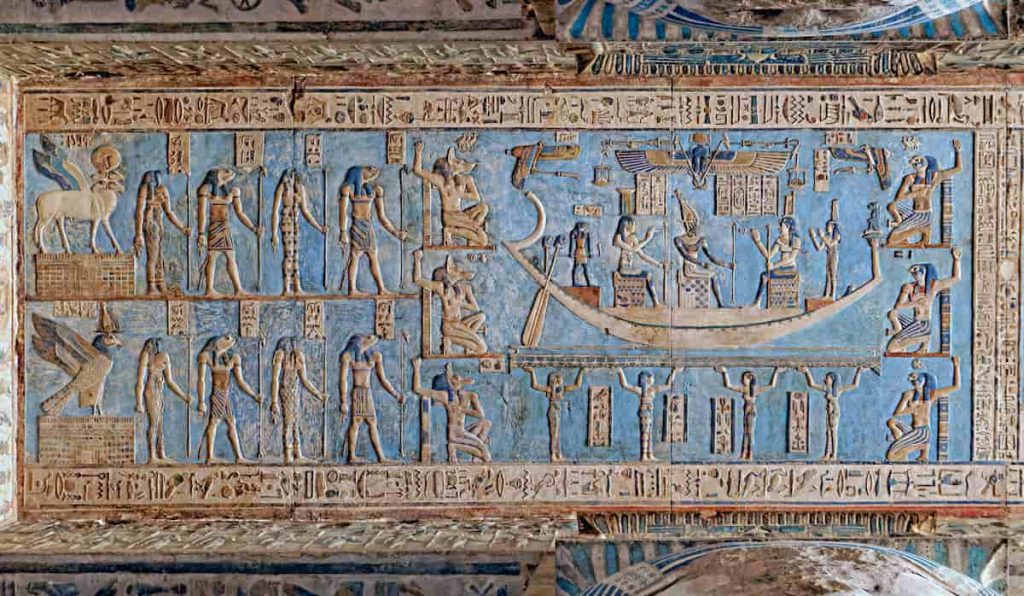
5- Conclusion About Ancient Egyptian Entertainment
Going to ancient Egyptian entertainments was far more than fun; it was a part of everyday life, culture, and belief–festivity. People in Ancient Egypt could easily enjoy life using cheerful music, graceful dancing, fun games, and colorful festivals, along with powerful storytelling. Even decoration and paint, all made in temples, tombs, and homes, served as beauty and expression.
Entertainment was a way to learn, teach, and experience joy, be it on behalf of the gods or coming together to simply bond and relax after work. It gave life to uniting the rich, the poor, the young, and the old in moments of happiness and celebration. Through their entertainments, we see how, in those times, the people of Ancient Egypt cherished happiness, creativity, and togetherness, reminding us, however well we might know whether it has been thousands of years, that people always loved to live to the fullest.

